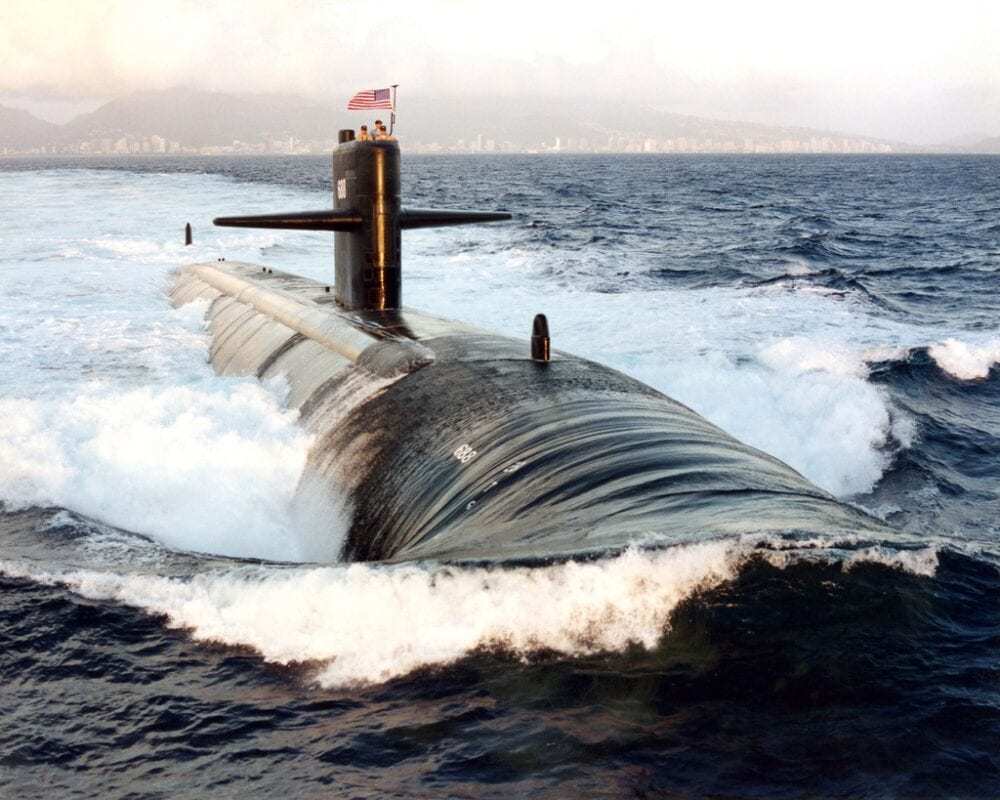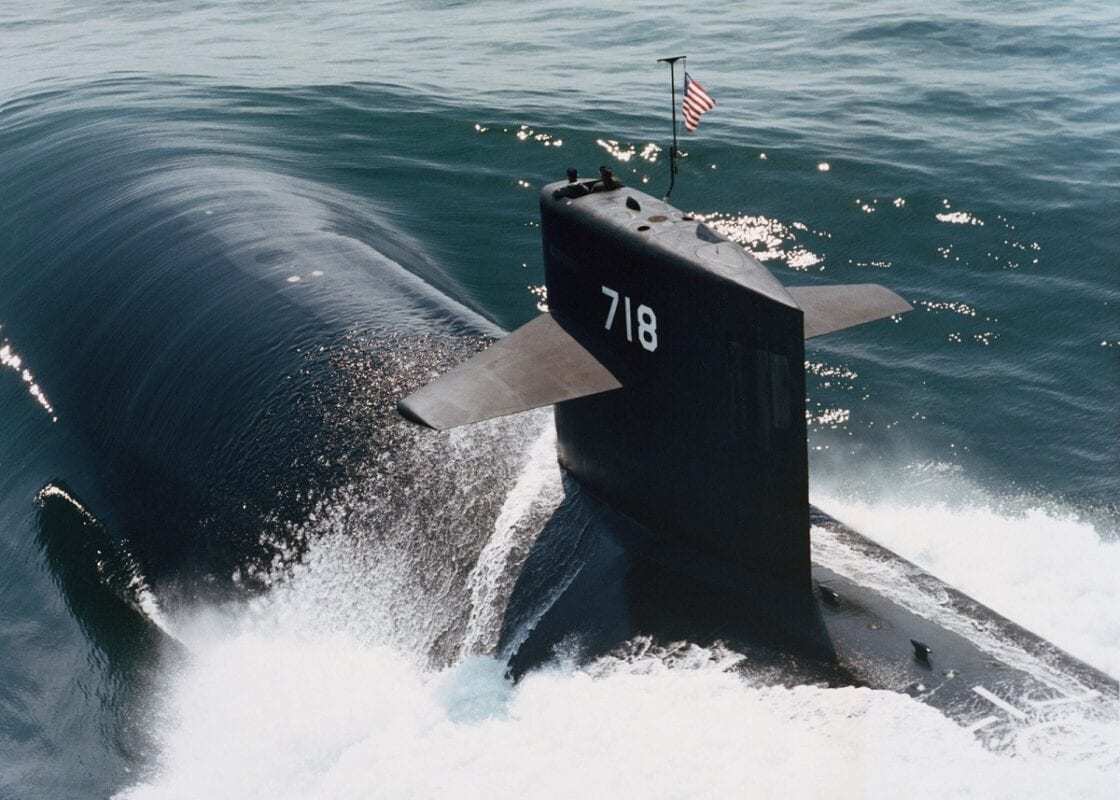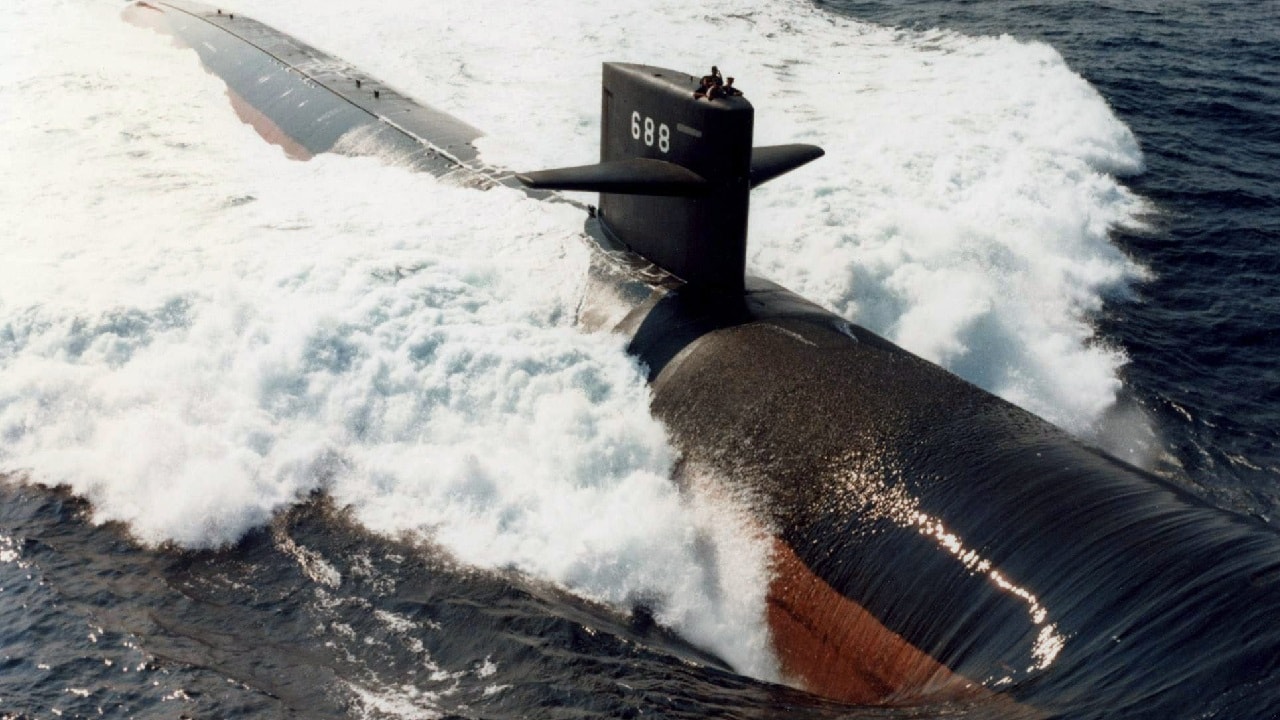Secrets of the Los Angeles-class Attack Subs – Since its introduction in the mid-1970s, the Los Angeles-class has been the mainstay of the United States Navy‘s attack submarine (SSN) fleet. The submarines were developed to escort carrier task groups and were designed to be capable of making high speeds underwater in order to keep up with surface forces.
The boats are among the most advanced undersea vessels of their type in the world. Though anti-submarine warfare (ASW) is still their primary mission, the inherent characteristics of the submarine’s stealth, mobility and endurance can also be used to meet the challenges of today’s changing global geopolitical climate. In addition, the boats have proven capable in a number of secondary roles including intelligence gathering, show-of-force missions, insertion of special forces, strike missions, mining and search and rescue.
Los Angeles-Class Were Big Boats
Each of the vessels is about 362 feet in length, and weighs in at about 1,800 tonnes (2,000 tons) – considerably more than the preceding Sturgeon-class. The submarines are divided into two watertight compartments. The forward compartment houses all the living spaces, weapons systems and control spaces – while the aft compartment contains the bulk of the ship’s engineering systems. The submarines are home to a crew of thirteen officers and 131 sailors.
Each of the submarines was reported to have cost around $900 million in 1990 dollars – equivalent to around $1.7 billion in today’s money.
Unlimited Endurance
The Los Angeles-class submarines are powered by a General Electric S6G nuclear reactor, which delivers pressurized hot water to the steam generator – and that in turn drives the steam turbines. An auxiliary motor also produces 252 kW, and the boats can travel at 25 knots surfaced, and 30 knots submerged.
The range is essentially unlimited, but typically each sub carries enough food to feed the crew for as long as 90 days. In addition, the SSNs are equipped with two distilling plants that can convert seawater to freshwater for drinking, washing, and for use in the propulsion plant.
The vessels also carried a variety of atmospheric control devices, including an Electrolytic Oxygen Generator, which enabled the submarine to remain submerged for extended periods of time without ventilating.
Some of the boats of the class were also developed to deliver U.S. military Special Forces, including U.S. Navy SEALs through either a Dry Deck System (DDS) or the Advanced SEAL Delivery System (ASDS).
The Los Angeles-Class Entered Service in the Disco Era
Developed in the late 1960s, the USS Los Angeles (SSN 668) – the lead boat in the class – was launched in April 1974 and completed in 1976. Total production included sixty-two submarines, making the Los Angeles-class by far the most important in the United States Navy’s submarine force.
While the lead boat entered service in the early days of disco, beginning in 1984 with the USS Providence (SSN 619), all of the vessels were fitted with vertical launch tubes for the Tomahawk land-attack cruise missile. Twenty of the weapons could be carried on the improved submarines. Previously, the missiles were launched from the torpedo tubes, and the boats could carry just eight missiles.
Los Angeles-Class – Standoff Land Attack
With the launch of the USS San Jose (SSN 751) in 1986 and the improved 688 class, the boats have been fitted with the new BSY-1 submarine combat system as well as more advanced sail-mounted diving planes with bow planes, which permitted better maneuverability when the boats were cruising under ice.
That upgrade enhanced the role of the later Los Angeles-class submarines beyond just a hunter-killer role. By virtue of the standoff land-attack capability, the SSNs provided the U.S. Navy with a second-tier attack force, one that was still quite distinct from the fleet of ballistic missile boats.

Starboard-bow view of the US Navy (USN) LOS ANGELES CLASS: Attack Submarine, USS LOS ANGELES (SSN 688) underway off the coast of Oahu, Hawaii (HI).

Aerial port quarter view of the sail area of the Los Angeles class nuclear-powered attack submarine USS HONOLULU (SSN 718). The submarine is underway during sea trials.
Nine of the Los Angeles-class submarines were deployed in the Gulf War in 1991, during which Tomahawk missiles were launched from two of the submarines. Twelve years later, a dozen Los Angeles-class boats were deployed in support of Operation Iraqi Freedom in March/April 2003. All twelve launched Tomahawk TLAM missiles during the operations.
Now a Senior Editor for 1945, Peter Suciu is a Michigan-based writer who has contributed to more than four dozen magazines, newspapers and websites. He regularly writes about military hardware, and is the author of several books on military headgear including A Gallery of Military Headdress, which is available on Amazon.com. Peter is also a Contributing Writer for Forbes.

